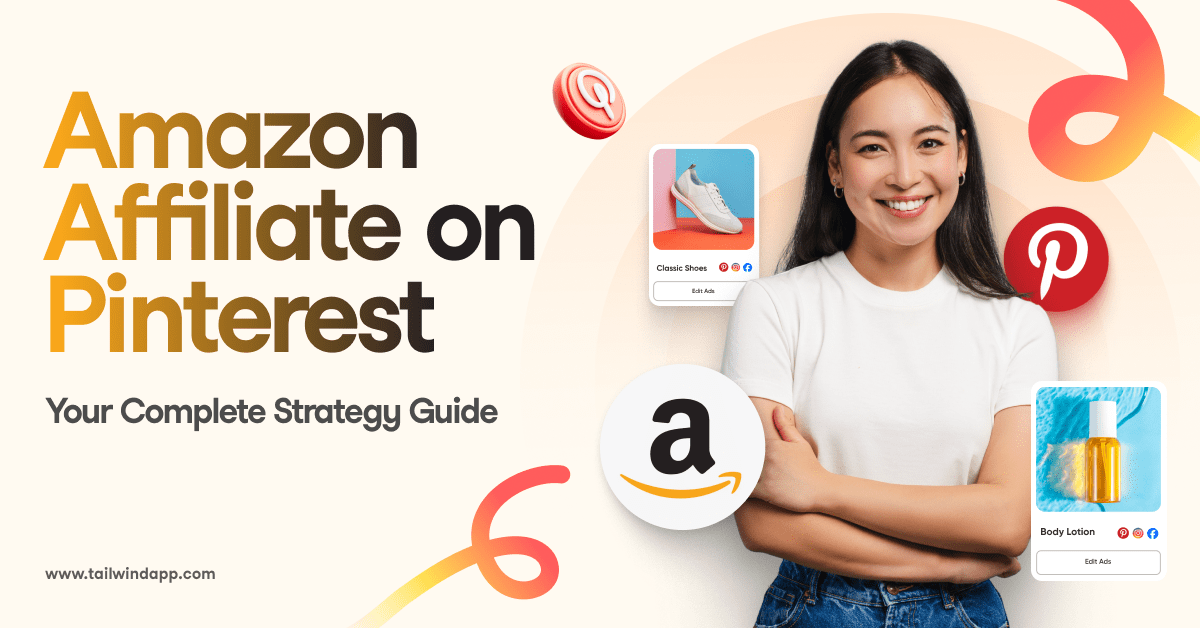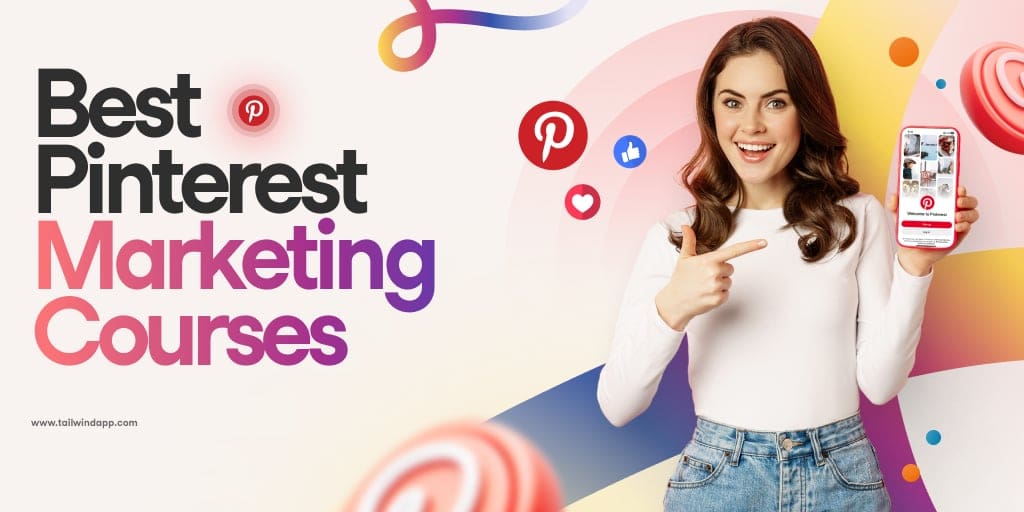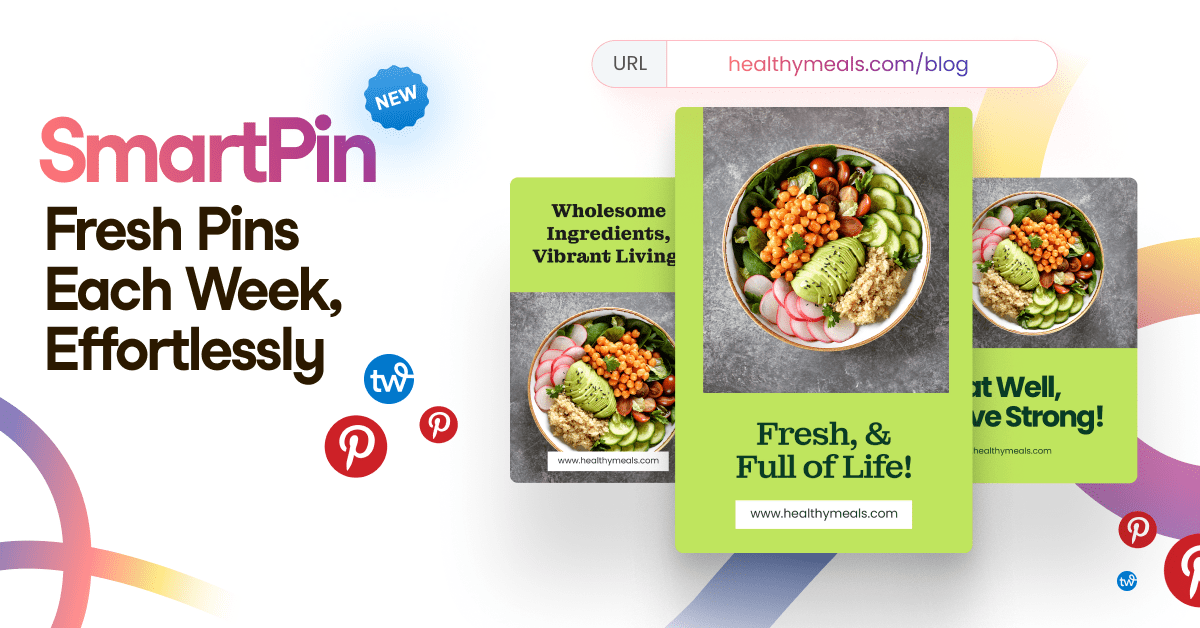
Some individuals check their emails 20 times per day.
Surprised? You shouldn’t be.
Email is, after all, one of the few — and perhaps one of the most effective — communication channels that give you easy, direct, and immediate access to potential leads and existing clients.
Perhaps most importantly, email is the only channel you truly fully own apart from your website.
And it is for this reason that copywriting is so important in this digital day and age — and that’s where copywriting frameworks for email marketing come in.
Frameworks make it easy for you to create compelling emails that convert, but choosing the right one can be overwhelming, and sometimes you don’t have the luxury of time to craft one from scratch. Time is money, and money is time.
We’ve put together a list of the five best copywriting frameworks you can implement right now for your email marketing strategy so you can spend less time overanalyzing and more time writing effective copy that builds rapport, engagement, and trust with your clients and converts.
Ready to take your email marketing game up a notch? Here are our top five copywriting frameworks that are proven formulas for email marketing success:
How To Choose The Best Framework For You
Choosing an effective email marketing framework isn’t one-size-fits-all. Your decision should be informed by the following key factors:
1. Your Goal: Understand your marketing goal. If it’s immediate action, consider AIDA. For customer relationship building, BAB might be more suitable.
2. Your Audience: The framework should resonate with your audience’s needs, interests, and habits. For audiences actively seeking solutions, consider the PAS framework.
3. Content of the Email: Different content may require different frameworks. For example PPPP could be beneficial for detailed product demos or instructional content.
4. Testing and Analysis: Conduct A/B testing to understand which frameworks best resonate with your audience. Use data-driven decisions for a more effective approach.
5. Consistency: No matter which framework you use, ensure consistency across your emails in terms of tone and style to build brand recognizability and trustworthiness.
AIDA (Attention-Interest-Desire-Action) Email Framework
AIDA is one of the oldest marketing formulas out in the market today — and for good reason.
It works.
AIDA is a copywriting framework that enables you to convert by persuading your reader to want whatever it is you have to offer to them. AIDA stands for Attention, Interest, Desire, and Action. They represent the stages in the customer journey.
Here’s how it works within the context of email marketing:
- Attention. The Attention stage works by first drawing the readers in and piquing their interest with an email with an attention-grabbing subject. This is the most critical part — your subject line needs to grab your reader’s attention. Keep it concise: subject lines with a maximum of 50 characters result in a 12% higher open rate and a 75% higher click-through rate. This is where AI email writing tools like Tailwind Ghostwriter come in — Ghostwriter can create AI-generated subject lines that are optimized to convert.
- Interest. Once your reader opens your email, the Interest phase requires that your message provides interesting, relevant information that will appeal to your customer and engage their curiosity further. This is the part where you tell a story, address a pain point, and use humor interspersed with relevant facts.
- Desire. Now that you’ve hooked your reader in, this is where you make your pitch. This is where YOU convince THEM to choose YOUR business and sell them on your unique selling proposition, brand value, and exclusive offers. Get them to act and back your pitch up with relevant information.
- Action. It’s time to seal the deal and prompt your reader to take a specific action, whether it is to buy a product, subscribe to a service, or claim a bonus. Your call-to-action button should be clear and impactful and easy for your readers to act on.
The AIDA framework is among the bread-and-butter strategies of any email marketing campaign and serves as an excellent jump-off for engaging customers and driving sales. But remember, in order to gain your reader’s attention, you need to be able to say something that appeals to them based on what you know about them. Nail this part down right, and you’ll pretty much set yourself up for sales and conversions with AIDA.
BAB (Before-After-Bridge) Framework
BAB stands for Before-After-Bridge — a copywriting technique that centers around the idea of getting your reader from a bad place to a better place. It’s exceptionally effective in email marketing. The BAB framework is designed to get your product or service to appeal to your reader’s wants and needs as the ultimate solution to their problems. And, most importantly, to drive them to take action. Here’s how it works:
- Before. The Before phase is where you rattle off your reader’s pain points and how they detract from their current situation. This is where you would frame how bleak their current outlook is so that your reader becomes aware of the problems they need to fix.
- After. The After phase is where you juxtapose your reader’s bleak outlook with how they can have it so much better if their problems disappear. Show them how they can change their situation and what benefits they stand to gain.
- Bridge. Once you have juxtaposed the problem and the solution in the previous steps, the Bridge phase is where you demonstrate how your product or service will take them from the Before to the After and overcome their problems, highlighting the benefits they would gain from your solution.
The BAB technique helps you avoid meandering on about features that are irrelevant to your reader’s plight, allowing you to write clear, concise, benefits-focused copy that simply delivers.
FAB (Features-Advantages-Benefits) Email Framework
The FAB framework seeks to communicate exactly what value your product or service brings to your readers. The Features-Advantages-Benefits framework lists down its features and how your products and services benefit your audiences.
Here’s what the FAB framework looks like:
- Features. This part demonstrates your product or service’s specifications that focus on informing and educating your reader about them. Demonstrating your product or service’s features allows you to sell your customers the advantages they stand to gain by using your product.
- Advantages. This part seeks to demonstrate how your product or service’s features will give your target audiences a competitive advantage over users who don’t. Your goal is to highlight how your product or service actually solves your reader’s pain points and main problems.
- Benefits. Lastly, what’s in it for your target audiences? Why should they choose YOUR product or service? This is where you tell your customers what’s in it for them and why it will make it all worthwhile to them. Detail how it benefits your users and sell them on the idea that they need what you have to offer. Make the benefits real to them.
The FAB framework is among the most well-proven copywriting formulas for converting. It relies heavily on a deep, comprehensive knowledge of your product and your target demographic.
PAS (Problem-Agitation-Solution) Framework
One of the most successful approaches to email marketing is by harnessing the PAS framework, which stands for Problem-Agitation-Solution.
How so? Good PAS copy points out your reader’s pain points, intensifies them, and spurs them to take action and solve them with your product or service.
Not surprisingly, it’s one of the best ways to sell via email because people are instinctively more drawn to alleviating the pain arising from their problems than they are to seeking pleasure.
- Problem. What problem does your product or service solve? Identify your reader’s biggest pain point in a straightforward, honest manner. Do your research on their existing problems and lay them out for the next stage of the PAS framework.
- Agitation. Then, intensify their problems and make them sound worse. Stir up their emotions so they will want to solve them with your product or service.
- Solution. Lastly, demonstrate how your product and solution solve their problems.
It takes a lot of skill and tact to perfect the PAS method when cold emailing your users. Therefore, always do your research and identify real problems that your users actually suffer from. Fabricating problems that don’t exist represents bad faith, and trust us, people see right through bad intentions. You won’t make any conversions if you apply the PAS framework disingenuously.
But when you have it down pat, the PAS framework can help you craft some of the best, highest-performing copy you’ll ever write. That’s why direct response copywriters use it so often.
PPPP (Problem-Promise-Prove-Push) Framework
The PPPP or 4P approach is a framework that marketers and copywriters have been using for decades to turn casual readers into paying customers.
This framework demonstrates how reliable your company is by showing eye-catching content that shows readers their problem, promises (that will entice readers), social proof from current or previous clients or case studies, and a strong pitch that will convince them to take action.
Here’s how PPPP works in a nutshell:
- Problem. Highlight a problem that your product or service solves. Use emotive, evocative language that stimulates their desire and imagery to help them visualize their problems and how their lives will change when they use your solution.
- Promise. This is where you stake out your claim and get their attention. Give your readers a promise they can believe.
- Prove. Next, back up your promises, problems, and claims you’ve laid out earlier using testimonials, statistics, infographics, demonstrations, and data that take your reader from an emotional state to a rational state.
- Push. Give them a concise but compelling reason to act and act fast. Roll out everything you have to offer — whether it is a free bonus, a discount, a money-back guarantee, or any CTA.
PPPP is a simple, effective copywriting framework that you can leverage to massive success in your email, but also with the rest of your marketing communications. From blog posts, landing pages, and direct response copywriting, it’s a framework that has created some of the most successful sales copywriting there is.
Why should you use email frameworks?
Copywriting is the lifeblood of every business, and well-written emails are part and parcel of every successful marketing strategy.
On the other hand, poorly-written ones will most definitely cause reputational and financial damage to your brand — or otherwise fail to achieve your goals.
That’s where email frameworks come in. They are a strategic and virtually proven way to boost your conversions through one of the most powerful communication platforms known in the business: email.
Email frameworks make the process of persuading prospects to become paying customers easy, but it’s not exactly a cakewalk to perfect them from scratch.
That said, as a business owner or content creator, you can write your own direct response emails using the five frameworks we’ve discussed. But do know that they can take serious amounts of time to create, and not everyone has the time or know-how to do so.
Leverage the power of email copywriting frameworks with AI
Let us let you in on a little secret that could help you create compelling, engaging emails in literal seconds: by harnessing the power of artificial intelligence (AI).
See, specialized AI email writing tools like Tailwind Ghostwriter can help you craft direct response emails significantly faster than doing it yourself from scratch. All you need is to plug in prompts of what you want your copy to have. Through advanced natural language processing algorithms and its vast library of patterns based on existing marketing content on the published internet, Tailwind does 99% of the actual writing for you, with the remaining 1% left for you to add in the final creative flourish.
That’s less time spent conceptualizing and typing and more time left for you to concentrate on more pressing aspects of running your business like focusing on productivity. All you need to begin writing copy that consistently converts is your sales message. That’s literally how easy it is.
And it only takes two clicks to craft that perfect email. But don’t take our word for it — try Ghostwriter and see the results for yourself.





